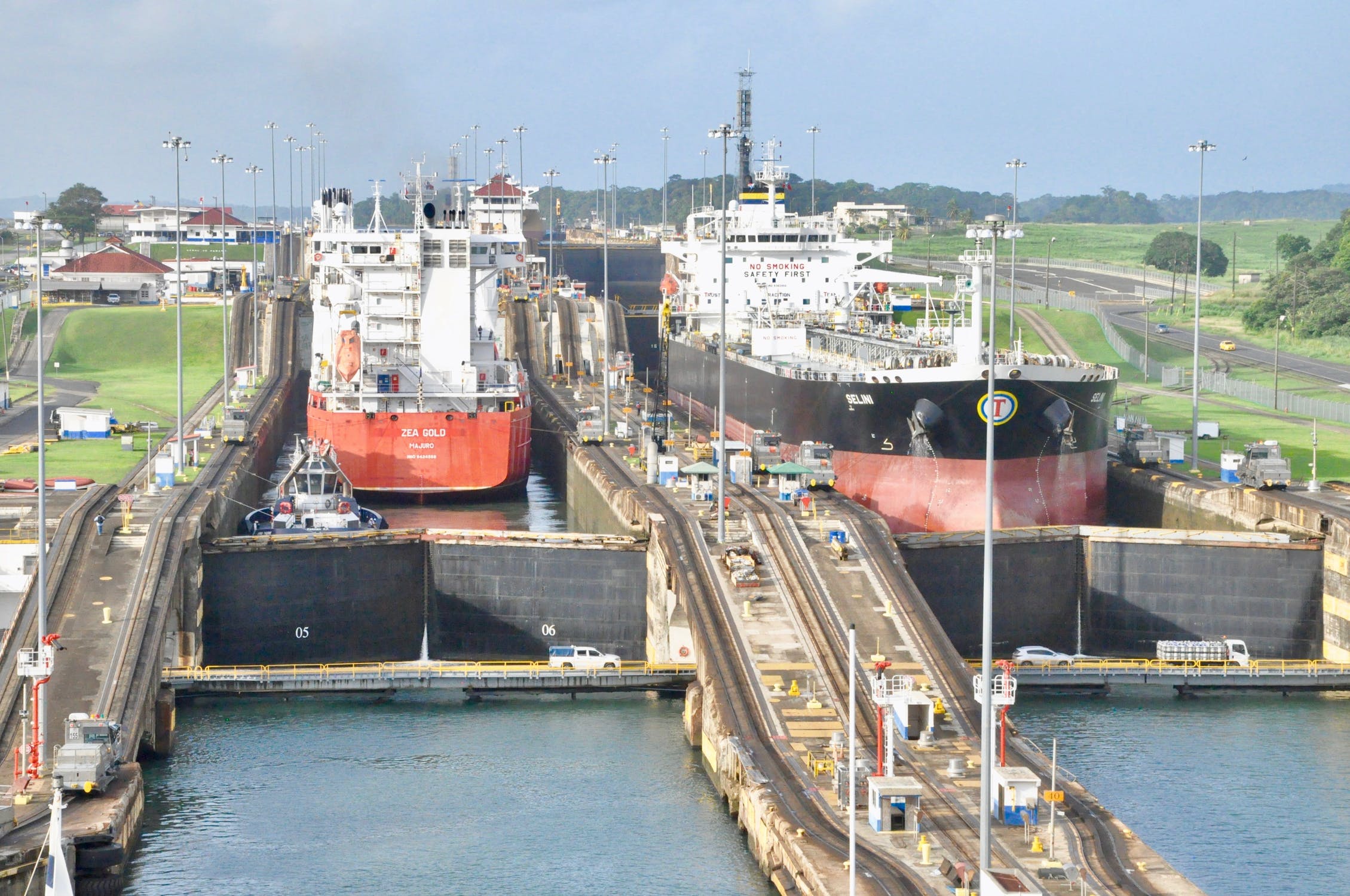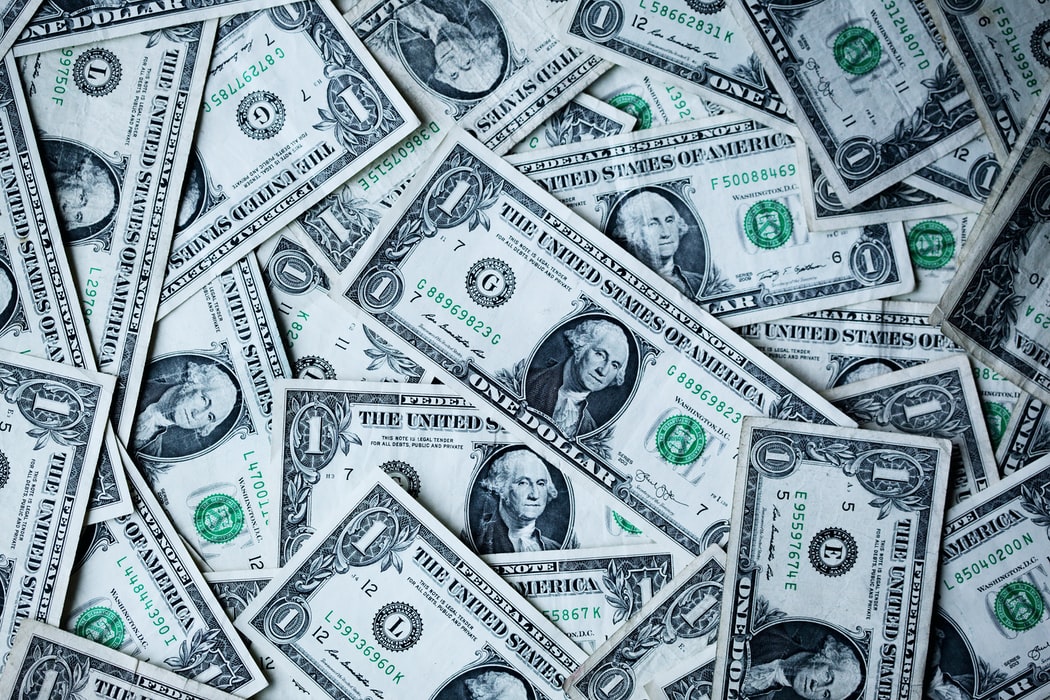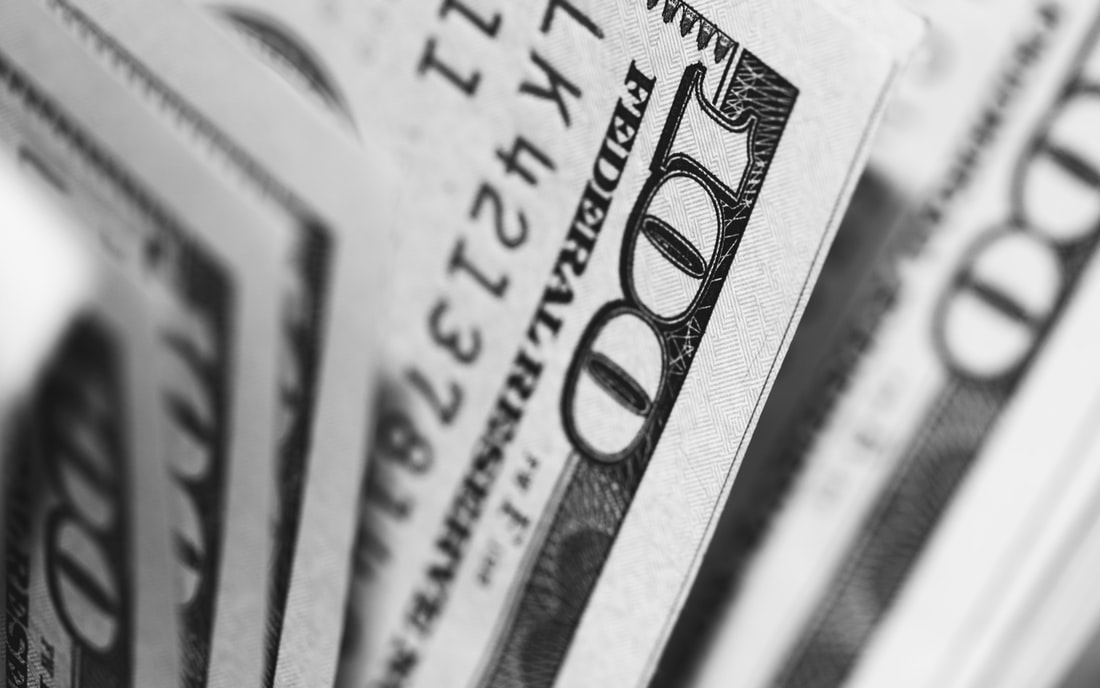One of the questions that often comes up among international investors when discussing doing business in Latin America is how dollarization can affect things.
Dollarization essentially refers to the adoption of the US dollar as an official currency — either to replace the local currency, or to permanently peg that currency to the value of the US dollar.
Three countries in Latin America — Ecuador, El Salvador, and Panama — are dollarized, while Peru implemented a semi-dollarized regime in the early 2000s, which it has since begun working to undo. Meanwhile, Venezuela appears to be heading towards dollarization, with the US currency widely circulating in the South American country for several years.
For investors interested in starting a business in Ecuador, El Salvador, or Panama, a common issue raised is how dollarization may affect their interests.
Below some consideration is given to the meaning of dollarization and reasons it is chosen, how it came about in the three Latin American countries where it has been introduced, and what it means for doing business in those countries.
What is dollarization and why choose it?
Dollarization can take a number of forms, depending on the extent to which the US dollar is adopted, with informal dollarization occuring when the local population begin to trade in dollars despite the currency not being official tender.
Full dollarization of an economy consists of formally adopting and using the US dollar as the official currency for any economic activity within the domestic market. That means bank accounts, salaries, and pension funds will be in dollars, while day-to-day transactions will similarly be carried out in dollars.
In the case of Panama, the situation is somewhat different in that the local currency — the Panamanian Balboa — continues to be in circulation. However, its value is pegged to the dollar and it is used interchangeably with US dollars within the country.
Dollarization is generally implemented in response to economic hardship, and especially the steep devaluation of the local currency, with the US dollar adopted because of the stability it offers.
However, while dollarization brings greater stability, it also means renouncing a significant portion of monetary policy control and independence.
Latin America’s dollarized economies
Below the three Latin American countries with fully dollarized economies are considered in the order that they adopted the US dollar as official tender, with Panama first (1904), followed by Ecuador (2000), and El Salvador (2001).
Dollarization in Panama
Understanding dollarization in Panama requires a deeper delve into the history books than in the case of the other two dollarized economies, because it was implemented more than a century ago.
Today Panama is well known for its inter-oceanic canal, through which around 14,000 cargo ships transit annually, contributing approximately 10% of Panama’s GDP. Somewhat less known is the role the canal played in Panama’s independence from neighboring Colombia, and the part the United States played in encouraging the Panamanian revolution of 1903.

In a nutshell, the US administration of Theodore Roosevelt (1901 to 1909) fomented and supported the Panamanian revolution (1903), in large part because it was not happy with Colombian attempts to raise the price for a concession to build the canal, over which the US wished to retain control because of geopolitical and trade needs.
After the Panamanian revolution, the Colombian peso was replaced with the Panamanian balboa, however major debts and inflation caused by the war led to Panama signing a monetary agreement with the US that effectively pegged the value of the balboa to the dollar.
Today the balboa and US dollar circulate interchangeably, however bank accounts and transactions are expressed in dollars. Work on the canal began in 1904 and was finished a decade later, with the US maintaining control over the waterway until 1979.
Dollarization in Ecuador
Between 1884 and 2000, the currency of Ecuador was the sucre, which was initially based on the silver standard, before later being based on the gold standard.
After the Second World War, the International Monetary Fund (IMF) established an exchange rate of 13.5 sucres to the US dollar — an exchange rate that had almost doubled to 25 by 1970. While the Ecuadorian currency maintained a reasonably stable exchange rate with the US dollar in the following years, in 1983 it lost more than 30% of its value compared to the US dollar.
This marked the beginning of a period of serious devaluation and subsequent hyperinflation of the Ecuadorian sucre, which saw its exchange rate first drop to 42 to the US dollar in 1983, before tumbling to 800 to the US dollar in 1990, and almost 3,000 to the US dollar by 1995.
Ecuador’s economic woes in the 1980s and 1990s were the result of a number of contributing factors, among them capital flight sparked by economic crises in Asia, as well as political and economic crises caused by military confrontation with Peru, and rural hardship caused by crop failures due to the El Niño weather phenomenon.
In the face of these problems, in 1999, the already badly weakened sucre lost 67% of its foreign exchange value, before dropping another 17% during the first week of the following year, so that on January 7, 2000, the exchange rate stood at 25,000 sucres to the US dollar.
Two days later, President Jamil Mahuad announced that Ecuador would be adopting the US dollar as official tender — formalizing the use of the currency, which had already been in widespread circulation in the country because of the economic situation.
Dollarization in El Salvador
El Salvador’s road to dollarization began with the introduction of a Monetary Integration Law in January, 2001, which was intended to establish the US dollar as a dual currency alongside the Salvadoran colón.
However, major problems emerged in the application of purchasing power parity between the two currencies, which saw the colón’s official 8.75 to the US dollar exchange rate leave many Salvadorans severely out of pocket.

By the end of 2001, after banks had begun retaining colóns and only issuing dollars, the US dollar remained the only currency in common circulation. While the colón has not officially ceased to be legal tender, today it is out of use.
Notably, in the case of El Salvador, dollarization was not preceded by a major economic crisis, with the country successfully halting inflation following the close of a 12 year-long civil war in 1992, which was followed by an average economic growth rate of 4.4 percent between 1993 and 2000.
Instead, the policy was adopted with the intention of promoting more foreign direct investment (FDI) and greater economic integration with the United States — an expectation that did not fully materialize.
What does dollarization mean for doing business?
While dollarization is not all positive, given the reduced monetary independence it entails, potential ability of outside influence to be exerted over the economy, and the general rise in the cost of living that follows adoption of the US dollar, in many cases foreign investors avoid the worst of those effects.
On the positive side, for investors from the US or who have assets and banking already in US dollars, one of the obvious advantages is the ability to limit losses associated with international transfers of capital. While those transactions will always come at a cost, that cost will not be exacerbated by currency conversions.
More generally, the stability offered by dollarization bolsters confidence among investors and offers peace of mind that the capital being generated in a foreign market won’t lose a significant portion of its value overnight.
That stability comes from the enforced fiscal discipline that comes with allowing the US Federal Reserve to control monetary policy; the reduced danger of capital flight, given that locally held capital is in a reliable currency; and confidence in the limited ability of a particular government to implement policy that could have adverse effects for businesses, among other factors.
This plays into the next key advantages, namely that you can rely on the generally low interest rates enjoyed by the US dollar, keeping costs associated with the likes of business loans lower. It can similarly encourage consumers to buy on credit, bolstering sales for businesses focused on high-value assets.
While it would be remiss to suggest the dollarization only brings advantages, the reality is that for international investors — and particularly those who already hold capital and assets in US dollars — it does offer a range of benefits that can make doing business in a dollarized economy attractive.


